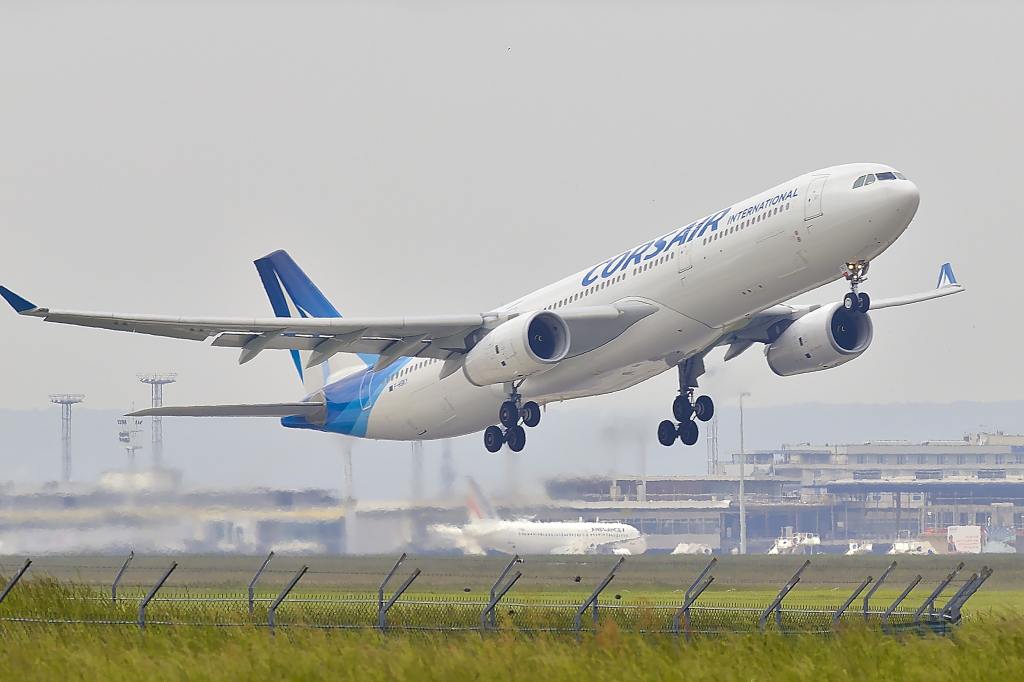BY ELIZABETH HOWELL | FEB 03 2022
This news story has been copied from University Affairs (www.universityaffairs.ca)

A small but growing number of Canadian researchers is exploring ways to reduce the aviation industry’s large carbon footprint, and this includes looking at how planes are powered.
“Every time you reduce a gallon of fuel from being burned, that’s a tremendous way to promote sustainability,” said Suzanne Kearns, a University of Waterloo researcher who focuses on human factors in aviation. Reducing fuel use comes down to people travelling less, but it can also involve more efficient aircraft navigation through precise satellite pointing, or better air traffic management at airports.
Dr. Kearns is also founding director of the Waterloo Institute for Sustainable Aeronautics (WISA), which has been looking at numerous ways of cutting back on fuel since its inception late last year. WISA has three pillars of sustainability research: environmental sustainability to reduce the negative impacts of aviation’s carbon footprint, social sustainability to increase equity, diversity, inclusion and appropriate workplace safety training, and economic sustainability to help the aviation field remain competitive.
When it comes to sustainable fuels, Dr. Kearns said the first question is to ask where the fuel is coming from, and the opportunity cost of using it in airplanes. In agriculture, for example, one potential channel of use is feedstock, which in this industry can include waste products such as oils from plants or manure. But Dr. Kearns worries about the potential social impact of using those for alternative fuels. “Is it feedstock that could potentially be used to produce food for humanity?”
This question is also troubling the Quebec-based Sustainable Aviation Fuel Plus (SAF+) Consortium. It’s answering, in part, by basing one of its first funded projects at a pre-existing industrial facility. It’s producing sustainable aviation fuel at a factory located at ParaChem, east of Montreal. The aim is to generate synthetic kerosene for airplanes, reducing the potential carbon footprint by 90 per cent compared to using fossil fuels.
Louis Fradette, a chemical engineering professor at Polytechnique Montréal who has worked in the area of carbon capture for many years, is running the new consortium-funded platform at ParaChem. The aim is to produce hydrocarbon for uses ranging from clothing to plastic to converting carbon dioxide into aviation fuel. Already he can capture up to 10 tons of greenhouse gases per day. But he said more government funding is needed in order for the ecosystem of sustainable fuel suppliers to progress as quickly as possible. “We need more breakthrough technologies, and we need more ideas,” Dr. Fradette said.
While carbon dioxide is not the most chemically efficient starting place for fuel – Dr. Fradette said the more complex molecule of methane is better – the benefit of this process is that it uses emissions from industrial work as fuel. Otherwise, the carbon dioxide would be bleeding into the sky and pumping more greenhouse gases into our already-warming atmosphere.
New types of biofuel
Another sustainable fuel direction would be using the byproducts of agriculture that cannot easily be converted to human food. That’s what the University of Alberta has hit upon, garnering them $2.89 million in direct funding and in-kind contributions from Natural Resources Canada in March 2021.
The funding, says lead researcher and U of A bioresource technology professor David Bressler, will set up the group for the next decade as they convert waste lipids (such as fats and oils) into valuable hydrocarbons for use in aviation biofuels. It’s a natural evolution in Dr. Bressler’s work, after spending 20 years researching uses for waste in agriculture.
While the process works on a small scale, Dr. Bressler said he hopes the government funding will help his lab figure out how to produce quantities large enough to have an impact on aviation’s carbon footprint. He suggested the funding could pave the way for testing more types of biofuel. “Being able to take a wider array of feedstocks opens up some of those pathways, and it also means we have a much wider stakeholder base of interest.”
Those stakeholders could include people with an interest in aircraft design, suggested David Zingg. He’s a professor of aerodynamics at the University of Toronto who is attached to the institution’s centre for research in sustainable aviation. Dr. Zingg said everything from aerodynamic landing gears to improved engine efficiency should be considered alongside a new generation of fuels.
“We’re looking, primarily, at two configurations that will be more fuel efficient or energy efficient than current aircraft,” he said. One is a “blended wing” to reduce the distinction between the fuselage and wings, while the other is a “strut-braced wing” to lengthen the wing and reduce drag.
He said now would be a good time to incorporate sustainable fuels into the design, since it is still early days. Sharing information about fuel usage, too, could help the sustainable-fuel industry understand what production targets to shoot for.
“Are they going to reduce burn by 20 per cent?” Dr. Zingg asked, referring to his designs, adding that more testing and funding will be required to find out. “That’s what the industry needs to know to decide whether they want to go ahead and make the investment to develop them.”
This story is meant to assist in the propagation of EnviroTREC’s refocused mission to promote and assist in Green Aviation.
